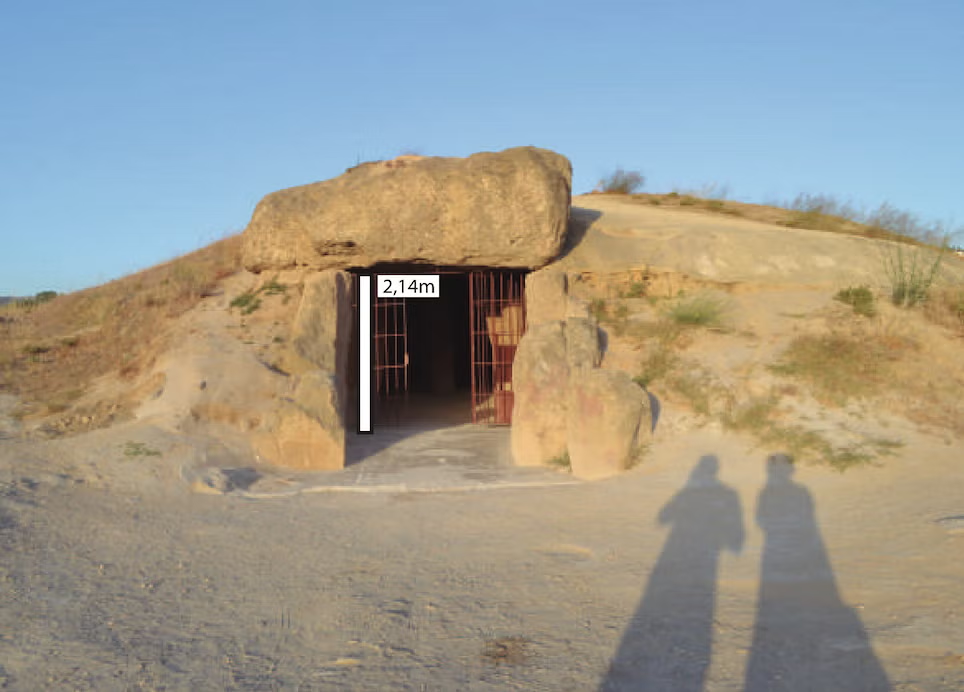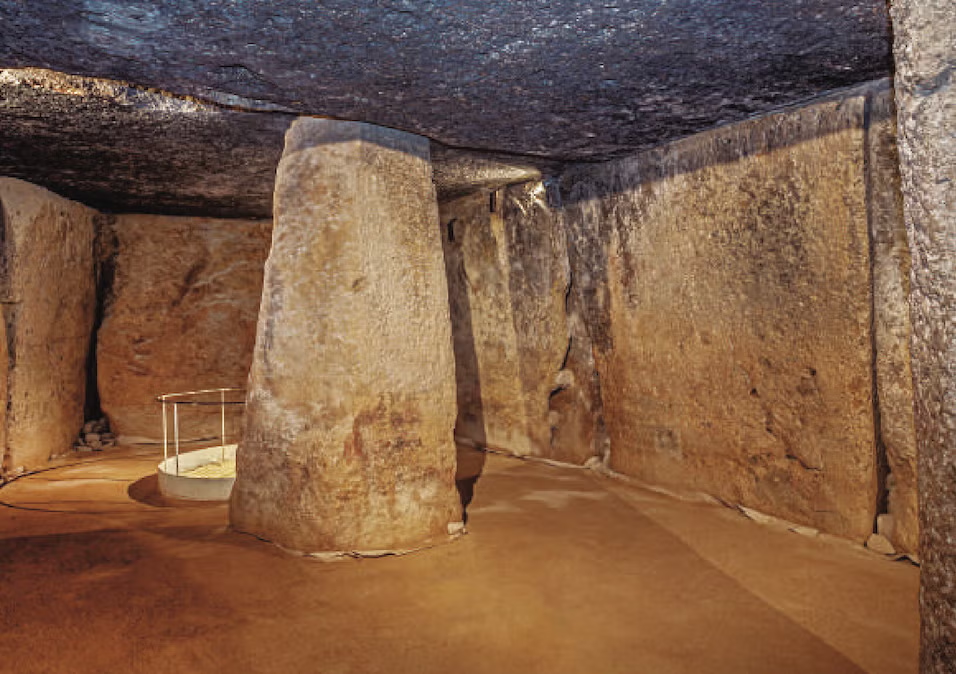Support truly
independent journalism
Support Now
Our mission is to deliver unbiased, fact-based reporting that holds power to account and exposes the truth.
Whether $5 or $50, every contribution counts.
Support us to deliver journalism without an agenda.

Louise Thomas
Editor
A megalithic burial mound in Spain was built using “advanced engineering” 6,000 years ago, with stones weighing several times more than any used to make the UK’s iconic Stonehenge, archaeologists revealed in a new study.
Megalithic monuments began appearing in Europe around the fifth millennium BC with the earliest ones built in modern-day France and Spain.
The Dolmen de Menga burial mound is the oldest of its kind, built around 3800 to 3600 BC with all of its stones weighing several times more than any used to make the Stonehenge – making it one of the largest megaliths in Europe.
The stones used in the Menga mound – some weighing as much as 150 tonnes – were carved from a site about a kilometre from the Stone Age monument.
Researchers have proposed many theories over the years attempting to explain how a primitive Stone Age culture could have built such a massive monument.

However, they say comprehensive efforts to understand the engineering and labour that went behind constructing the massive structure “have been quite rare”.
“Menga has never been analysed from an interdisciplinary perspective combining archaeological, sedimentological and paleontological evidence,” scientists wrote.
The new study, published in the journal Science Advances, suggests the Menga was built using advanced knowledge in the fields of geology, physics, geometry, and astronomy, enabling it to stand on its feet for almost 6000 years.
The megalithic structure consists of stone walls and a stone ceiling supported by stone pillars.
Researchers say stones used to build the monument, weighing over 100 tonnes each, were carved from a hill site about 850m away and then dragged on sledges over a wooden trackway.
They theorise that workers dragged the rocks to the site by wedging each tightly using counterweights and ramps.
New analysis suggests the stones were placed at a slight inward angle using levers, indicating that the Stone Age people had early knowledge of geometry.
Placing the stones in such an angle reduced the size of the roof needed, and made the monument look more trapezoidal, archaeologists say.
The Stone Age neolithic people then placed the pillar stones in a similar angled manner and finished the structure by placing massive capstones on top to serve as the roof.

The use of pillars to support the gigantic capstones and the precise interlocking of the upright stones are features requiring a high degree of precision that is not seen in any other megalithic construction of the time.
“An in-depth knowledge of the properties and location of the rocks available in the region, notions of elementary physics was necessary to move and place the gigantic stones,” scientists wrote.
“Our results show that Menga is a unique example of creative genius and early science among Neolithic societies. It was designed as a completely original engineering project,” they added.
Disclaimer: The copyright of this article belongs to the original author. Reposting this article is solely for the purpose of information dissemination and does not constitute any investment advice. If there is any infringement, please contact us immediately. We will make corrections or deletions as necessary. Thank you.



